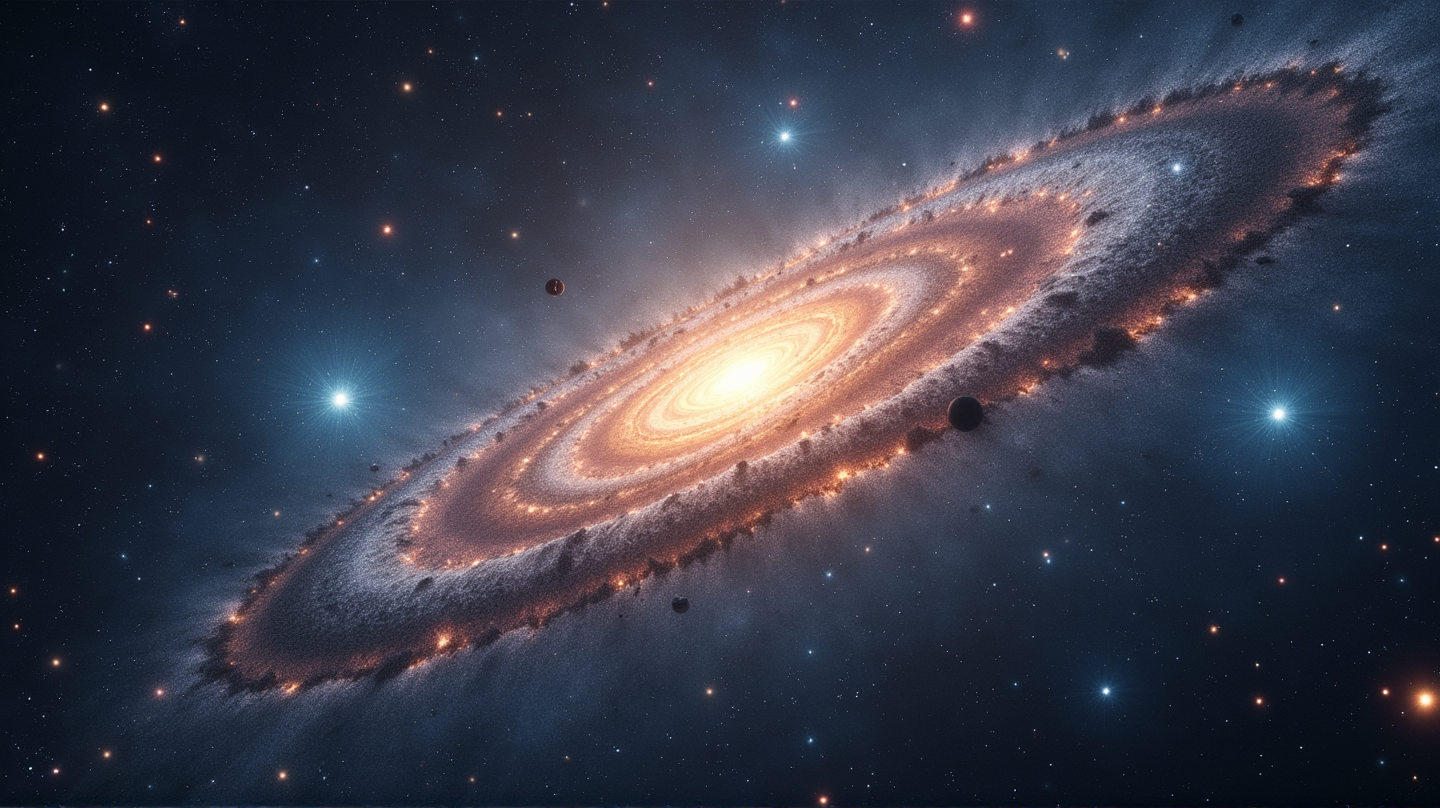James Webb Uncovers 'Dead' Galaxy Defying Cosmic Timelines

In a groundbreaking discovery resonating across the cosmos, astronomers have unveiled a galaxy, mysteriously dormant, just 700 million years after the Big Bang. This celestial finding puts our galaxy evolution theories under scrutiny and opens up new horizons for understanding the universe’s early days.
Pioneering Discovery Made Possible by Advanced Tools
The James Webb Space Telescope (JWST), a cutting-edge astronomical tool, has managed to unmask RUBIES-UDS-QG-z7—a quiescent galaxy—and alter our comprehension of galactic life cycles forever. Identified through the European-led RUBIES survey during JWST’s second observation cycle, this galaxy’s startling characteristics defy historical models of galaxy formation. According to The Daily Galaxy, such phenomena weren’t expected to happen so early on.
Star Formation Ceased Early in the Cosmic Timeline
RUBIES-UDS-QG-z7, carrying a mass over 10 billion solar masses within just a fraction of the light-year span, was already quiescent long before the million-year mark in universe history. This indicates a much earlier ‘quenching’ where star formation halts dramatically, contrasting the conventional wisdom of billion-year timelines.
A New Challenge for Theoretical Models
This epoch-defying find challenges current simulations, questioning how such massive galaxies assemble quickly with star formation ceasing prematurely. Scientific curiosity now turns towards stellar winds, black hole encounters, and cosmic outflows potentially being more pivotal to these processes than previously believed.
The Ancestral Core of Modern Giants
RUBIES-UDS-QG-z7’s revealing properties resonate incredibly with what the dense cores of modern-day giant elliptical galaxies might have looked like. Observations suggest the intriguing possibility that these massive formations, cherished in today’s cosmic views, may have rapidly developed early structures, from central bulges to extensive cosmic expanses.
Far-reaching Implications for Future Studies
Astronomers see this discovery not as a mere oddity but as a beacon illuminating the paths of future explorations. By understanding how galaxies like RUBIES-UDS-QG-z7 came to an early cosmic end, while others continue to thrive, we glean critical insights into the universal forces sculpting galaxy formation and dismantling them at unexpected phases.
As the galaxy gazing continues, the questions deepen: how many more celestial surprises lie in wait? And what deeper secrets about the universe are yet to be unraveled?

